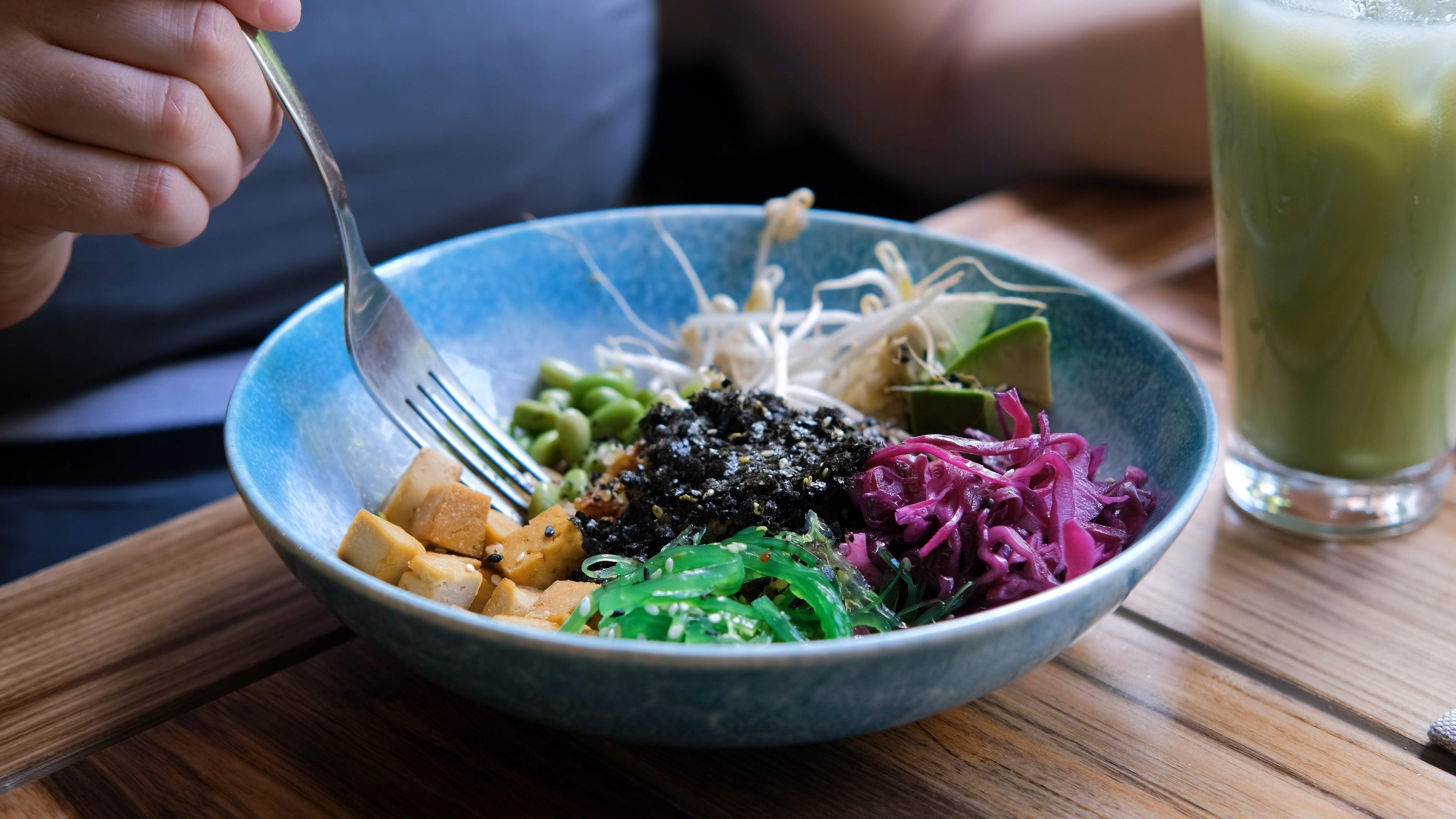The Rise Of Customizable Bowls
Big bowls full of your favorite ingredients aren't just for fast food anymore.
Bowls are superior to plates. Eating a meal out of a bowl offers more satisfying bites, makes less seem like more, and makes every meal just a little cozier. Lately, fast food chains and fast casual restaurants have been supporting this theory. Chipotle and Sweetgreen have built their entire model on serving up bowls, and more recently Papa Johns, KFC, and Portillo's have all capitalized on the trend, too, though perhaps less successfully. Now, more full-service sit-down restaurants have started getting in on it, and it seems to be a win-win. Bowls are just what the people want.
Why bowls are better for both customers and restaurants
The bowl format does suit some cuisines better than others. FSR Magazine reports that the culinary research and development team behind the chain Bartaco did extensive testing to figure out what works in a bowl and what doesn't. For example, fish and coleslaw are a no go, because a hot piece of fish will ruin a cold slaw when the two are mixed together in a bowl. However, Korean rib-eye with a sweet sesame-soy glaze marinade and spicy kimchi was a winning combination, both because of structural integrity and taste.
According to FSR, Bartaco and other restaurants like it use bowls to elevate the menu and bring in more revenue—both Bartaco and chain True Food Kitchen report that around 20% of their revenue now comes from bowls. Part of the success rate is attributed to the ease of customization. The ability to create a dish that can serve not only varying cravings but also easily accommodate dietary restrictions and allergies makes the bowl a more attractive option for more people.
Bowls also travel well. Even though more sit-down restaurants are adopting the menu item, the rise in to-go orders from such restaurants (a change prompted by the pandemic) has only continued. Packaging and delivering a bowl is much easier and more reliable than, say, a taco or a sandwich, both of which contain components at risk of sliding around in transit. Bowls also allow for leftovers to be stored and kept more easily.
Finally, bowls are a no-brainer for restaurant owners who are looking to leverage their ingredients without upping costs. The produce, starches, and proteins that a restaurant is already ordering for other dishes on the menu can easily be translated into bowl ingredients, an efficient way to use up any surplus that can't be easily evenly split between other dishes.
You may start noticing bowls pop up at some surprising locations: California Pizza Kitchen, Hard Rock Cafe, and Red Lobster all have their own versions on the menu. The bowl-assaince is upon us, and all you have to do to join in is grab a fork (or spoon) and decide if you want to pay extra for a premium protein.
